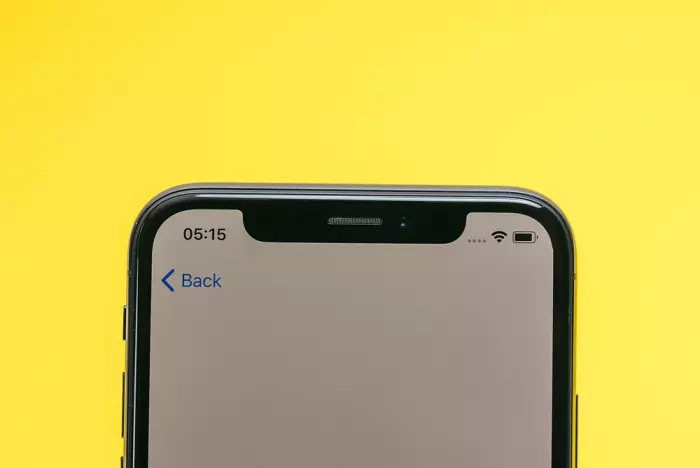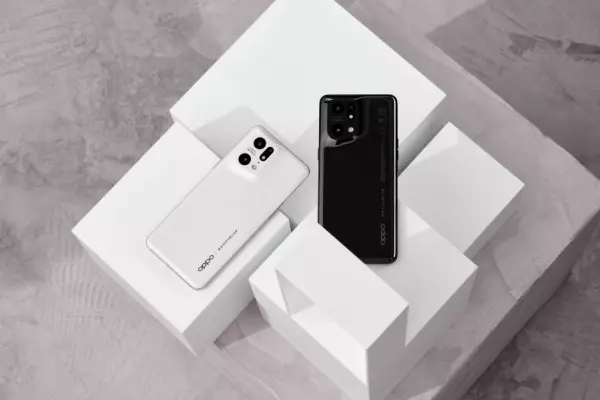New Zealand doesn’t seem to be the best place for mobile virtual network operators (MVNOs) to thrive.
Currently, the country has five MVNOs: Vocus, Trustpower, and Compass on the Spark network, Kogan Mobile on Vodafone, and Warehouse Mobile on 2degrees.
MVNOs are companies that pay to rent the use of radio spectrum and network infrastructure from mobile network operators (MNOs) but sell mobile services under their own branding.
They often target specific demographics, skewing towards low-end, prepay tariffs. In Australia, MVNO Amaysim has more than one million customers, was floated on the ASX in 2015, and then delisted in April 2021 when telco Optus acquired 100% of shares for A$250 million.
“They got a lot of scale and a lot of investment. That’s probably a key thing that’s missing for MNVOs that have started up in New Zealand,” IDC associate research director Monica Collier told BusinessDesk.
It’s estimated NZ’s largest MVNO, Vocus, has about 30,000 subscribers. Its mobile plans, like those of Trustpower and Compass, are only available to customers bundled with other products such as internet or energy.
According to the Commerce Commission’s March 2021 annual telecoms monitoring report, NZ’s MVNOs serve in total just 1.4% of the country’s mobile subscribers. 2degrees has 19% and Vodafone 40%.
Spark has 40%, which includes sub-brand Skinny's mobile subscribers. Because Skinny, which also sells broadband plans, is a wholly owned Spark subsidiary, it is not counted as an MVNO.
A Spark spokesperson said Skinny's mobile subscriber numbers were commercially sensitive, but there was an 8% growth in connections from H1 FY21 to H1 FY22.
Competition question
With a proposed acquisition of 2degrees by Vocus Group in motion, the Commerce Commission said in a statement of preliminary issues in January it would look at the impact of a merger on MVNOs present and future.
The commission is examining “whether the proposed merger may make coordination between mobile network owners around the provision of wholesale access to MVNOs more likely”.
A 2degrees spokesperson told BusinessDesk 2degrees was proud of the work it has done with Warehouse Mobile but wouldn’t reveal subscriber numbers. They also would not comment on whether Vocus’s mobile customers would become 2degrees customers, should the merger be approved.
Spark and Vodafone did not submit concerns about the merger to the commission by the Feb 15 deadline.
“The most recent mobile market study the Commerce Commission conducted two and half years ago found that there wasn’t a need for MVNO regulation and that the conditions for effective competition amongst mobile operators exist,” the Spark spokesperson said.
“Spark wholesale continues to engage with potential MVNO partners across mobile, data, wireless broadband, and internet of things. In our view, the mobile market will continue to see intense competition if the 2degrees/Orcon Group merger occurs.”
MVNo?
In a study published in 2019, the Commerce Commission said: “Investment in 5G may alter the economics of mobile provision and raises the prospect of greater infrastructure sharing, and larger incentives to utilise network capacity through MVNO agreements.”
Collier is sceptical.
She said if NZ is to see any new mobile brands any time soon, it’s more likely to be in the form of sub-brands like Spark’s Skinny, rather than MVNO deals.
“With those sub-brands, that’s what we’ll start see happening more, particularly with the merger with Vocus and 2degrees,” she said.
“They've suddenly got quite a number of sub-brands around them that I expect the new 2degrees will think about a lot more strategically in terms of segmenting which customers they want to hit.”
Australian firm Vocus Group owns NZ subsidiary Orcon Group, which comprises the broadband brands Orcon, Slingshot, Flip, and Stuff Fibre.
Collier said because Infratil-owned Vodafone NZ was not part of the wider Vodafone Group, it too might be freer to commit to a sub-brand in NZ.
“If I was in their strategy team perhaps that’s something I’d be thinking about.”
NZ has scores of broadband providers as most can easily rent wholesale from incumbent infrastructure provider Chorus.
The same doesn’t apply to mobile, where the country has three mobile network operators in Spark, Vodafone NZ, and 2degrees.
“Part of it is the cost of setting up to run an MVNO,” said Paul Brislen, chief executive of the Telecommunications Forum over email. “You need a call centre, billing system (extremely expensive) and with strong competition already in place from three network operators, margins are thin.”
Some MVNOs choose to rent these expensive resources directly from the operator, but it means their products are not differentiated or cheaper - the two main drivers of MVNO success.
If the costs to the MVNO weren’t enough, an industry insider told BusinessDesk the cost of setting up an MVNO is also expensive to the host operator: about $500,000.
They said an operator will only take on an MVNO partner if the partner is paying the operator more than its fixed costs and the brand doesn’t cannibalise sales.
“No matter what your brand is, it won’t appeal to everybody. So, you get another brand to go and take on a whole lot of the work and they can go out and get more customers and you get paid, you make profit out of the money you provide your network for.”
Price apathy
It was Brislen’s opinion that he expected to see someone from outside the telco sector set up years ago, “but it just never quite happened”.
“I suspect the consumer’s focus has moved away from network operators to handset makers. In the old days you’d be a Vodafone or Telecom customer, using a Nokia (or similar). Today, you’re an Apple customer, using a Spark or 2degrees network.”
“The networks offer connectivity, but the focus is on the brand and the services,” Brislen said.
“My kids don’t know their phone numbers because they don’t need to - they communicate using Messenger or whatever.”
He said MVNOs could be an artefact of the early phase of mobile rollouts and therefore struggle to differentiate today.
That’s likely. Kogan Mobile, an MVNO launched in 2019 on Vodafone’s network, told BusinessDesk in July a lack of awareness in cheaper mobile options is its main barrier to growth in NZ. Director of strategy Ross Metherell would not reveal subscriber numbers at the time, though if Vocus has the largest portion of 1.4% of the market at about 30,000, you can understand why.
“Kogan Mobile has experienced steady growth in terms of customer numbers since the plans launched in 2019, with price-conscious Kiwis seeming to appreciate the simple plans and online-only digital service,” Vodafone spokesperson Nicky Preston told BusinessDesk.
“However, the reality is that the telco market is highly competitive, and so gaining cut-through requires ongoing investment into advertising and marketing activities.”
IDC’s Collier said Kogan wasn’t disadvantaged by being online-only because most people would research online before switching mobile plan. A deal over Christmas for two SIMs worked out at $125 per SIM per year, about $10 per month for 4GB mobile data.
“That’s pretty rock-bottom pricing, if the consumer wants to pay for a year ahead,” she said.
Competitive Aussies
An insider told BusinessDesk Kogan Mobile Australia, which uses Vodafone’s network, is “constantly circling the drain because their churn is massive”.
A cursory glance at mobile data prices across the ditch shows you can get far more for your money in Australia, where MVNOs have helped fuel a pricing war.
The Spark spokesperson contended NZ mobile plan prices “are well below OECD averages for low and medium data users”.
In March 2021, the Commerce Commission said a quarter of NZ mobile consumers could save an average of $11.60 a month by moving to a cheaper plan that still met their usage. Spark, Vodafone NZ, and 2degrees all agreed to new measures that included offering 12 months of usage data, an annual summary of such, and promotion of tools to help people compare plans.















